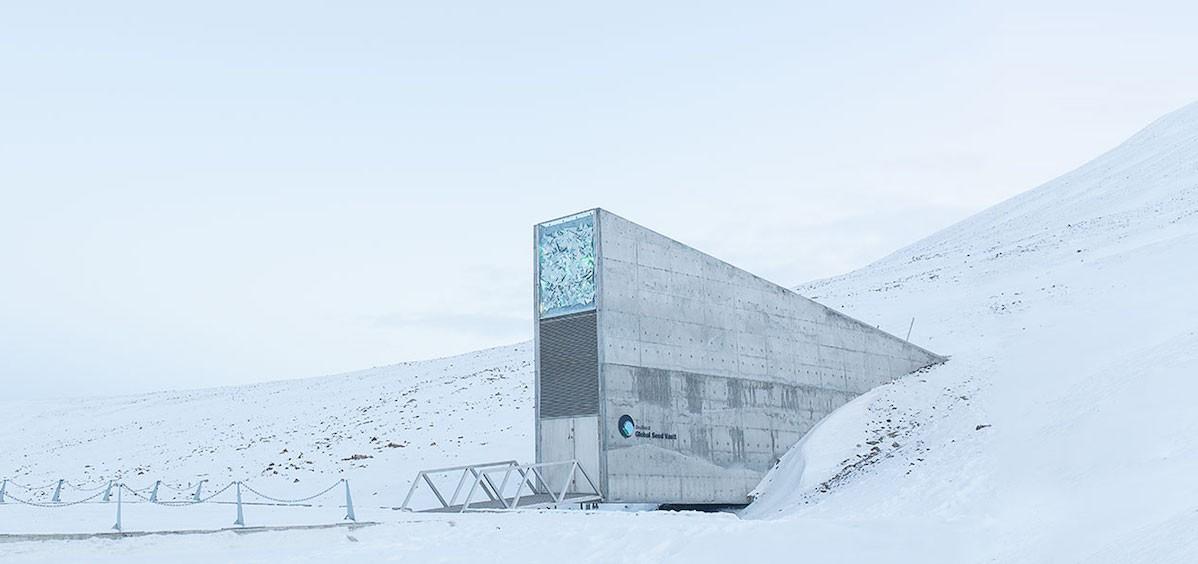

The best the world can hope for is to stabilise ozone loss soon after the turn of the century.’ And it is too late to prevent the damage, which will worsen for years to come. That same year, Time magazine described ozone depletion as an ‘unprecedented assault on the planet’s life-support system’, one that ‘could have horrendous long-term effects on human health, animal life, the plants that support the food chain and just about every other strand that makes up the delicate web of nature. Speaking in 1992, the then-senator Al Gore used the phrase ‘the greatest crisis humanity has ever faced’ to describe the shrinking ozone layer. For the past few decades, it has become increasingly commonplace to discuss the environment in terms of an omnipresent end of the world. This disclaimer aside, ‘doomsday’ remains the word most people associate with the vault, and this shouldn’t surprise us. It is perhaps the only thing that does work ‘However, it wasn’t primarily with that in mind that we started the planning of this facility.’Īpocalyptic language works, particularly in an easily distracted culture. Wired, in 2011, referred to it as ‘the world’s insurance policy against botanical holocaust’.Ĭary Fowler, the former executive director of the Global Crop Diversity Trust, which helped to establish the seed vault, has neither coined nor entirely disavowed, the term ‘doomsday’ as it applies to the Svalbard Global Seed Vault: ‘We believe that in the case of a regional or global catastrophe that this seed vault would prove to be very, very useful,’ he told The Washington Post in 2008. ‘The “doomsday” vault is designed to keep millions of seed samples safe from natural and unnatural disasters: global warming, asteroid strikes, plant diseases, nuclear warfare, and even earthquakes,’ National Geographic reported in 2008.

Everyone from Fox News to Wired magazine has used the unofficial nickname ‘doomsday seed vault’ to refer to the project, and it is routinely described as a last haven and refuge for plant biodiversity should some global catastrophe destroy the world’s crops. Since its inception, the Svalbard Global Seed Vault has repeatedly evoked a sense of the apocalypse. My friend Alia turned to me after a few minutes and said, ‘It’s breathing.’ We stood around a bit longer, taking photographs, discussing what to do next, until the noise returned - about 30 seconds on, 30 seconds off, regular and steady. After about 30 seconds, both air and water ceased. A small but steady burst of water came trickling out the bottom of the vault, draining into the ravine below the bridge. Then came the massive whoosh of air from the seed vault, a sudden and powerful exhaust, venting through the building from somewhere deep inside the mountain. You quickly get used to the frigid silence that surrounds you. Even in summer, when tourist season is at its height, it’s far from bustling here. We exhaled visible vapour, while taking in the stillness of Longyearbyen, the main settlement on the island. Unsure exactly what to do, I milled around outside with a few other visitors. Below this decorative façade, however, is a less welcoming sight: an industrial, slate-coloured door, chained and padlocked.
#Doomsday vault location series
It consists of a series of irregular blue-silver shards, suggesting fractured and disappearing ice. Above the vault, Dyveke Sanne’s art installation runs the length of the roof, then spills over the top down the front, ending just above the door. Below the entrance is a tiny ravine, and a small bridge one has to cross to reach the vault. You take a switchback road up a hill to get to the vault, where it juts from the side of a slope a few hundred feet above sea level, looking like a grim, grey tunnel extending out of rock, snow and lichen. There are more than 1,000 crop diversity collections worldwide, but the Global Seed Vault in Svalbard was built away from civilisation because it is the fail-safe, the insurance policy, the last resort. Built 900km north of Europe in Svalbard, a barren archipelago in Norway, it sits on the edge of the Arctic Ocean, containing duplicate specimens from other seed vaults scattered throughout the world. A series of tunnels bored into the side of a mountain, this vault is climate-controlled, secure against tectonic activity or sea-level rise, and designed to hold up to 4.5 million different seed varieties for centuries to come. Since 2007, the Svalbard Global Seed Vault has maintained a repository of the world’s agricultural heritage.


 0 kommentar(er)
0 kommentar(er)
